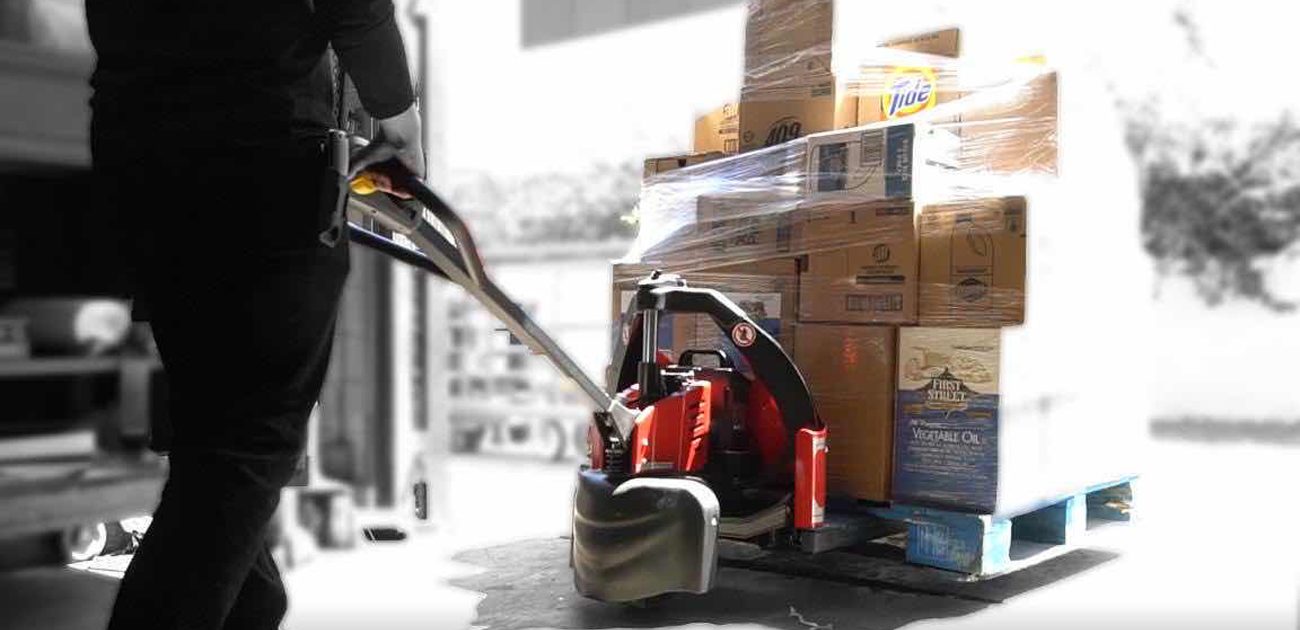The handling of palletized loads, including loading and unloading to and from the vehicle, and moving the pallets to and from the vehicle for collection and delivery, can put workers at risk of serious injury. It is important that employers put suitable controls in place to reduce risk.
Musculoskeletal disorders (MSDs) are injuries to the human musculoskeletal system, which includes the joints, ligaments, muscles, nerves, tendons, and structures that support limbs, neck, and back. Manual handling (including pushing and pulling), heavy manual labour, awkward postures, and a recent or existing injury can all be risk factors in the development of MSDs.
The UK haulage and logistics industry has changed significantly in recent years. There has been a significant increase in online shopping and more business-to customer deliveries, with an increase in bulk deliveries to customer premises.In 2020 the average pallet weight delivered by members of the Association of Pallet Networks was 380kg, and the total number of pallets delivered was 27.85 million, of which 17.9 percent was home delivery. Home delivery and smaller businesses may not have suitable facilities to safely receive palletised goods via loading bays and docks, therefore operators have filled the equipment gap by the fitment and use of equipment such as tail lifts and pallet trucks. The dangers of loading, unloading, and manual handling when working on or around vehicle tail lifts have been recognised in the industry for some time. There have been a number of fatalities and serious injuries where drivers and/or the load have fallen from height while the driver was manoeuvring the load onto or off the tail lift.
The Law Delivery of palletised goods falls under several legal provisions, including:
The Management of Health and Safety at Work Regulations 1999³ - The MHSWR places duties on employers and employees including those who are clients, designers, principal contractors or other contractors.
The Manual Handling Operations Regulations 1992 (MHOR)4 - Defined as any transporting or supporting of a load (including the lifting, putting down, pushing, pulling, carrying or moving thereof) by hand or bodily force”.
Provision and Use of Work Equipment Regulations 1998 (PUWER)⁵.
The Work at Height Regulations 2005.

When deciding how to control risks, employers should think about what methods will be most effective. According to HSE, removing the need for manual handling is the most effective control. The main emphasis made by the Road Haulage Association is eliminating the risk of musculoskeletal injury by using electric powered pallet trucks. Also, reducing strain, pain & potentially injury.
In accordance with your risk assessment, you may require power assisted pallet trucks, or some other method of movement that does not risk injury to the driver or anyone else.
Read the official guidelines at: https://www.rha.uk.net/News/Guidance/Helpful-Information/Tail-Lift-and-Pallet-Truck-Guidance
See Full Range Here: pallet-trucks